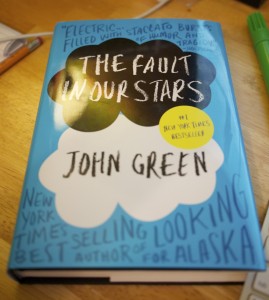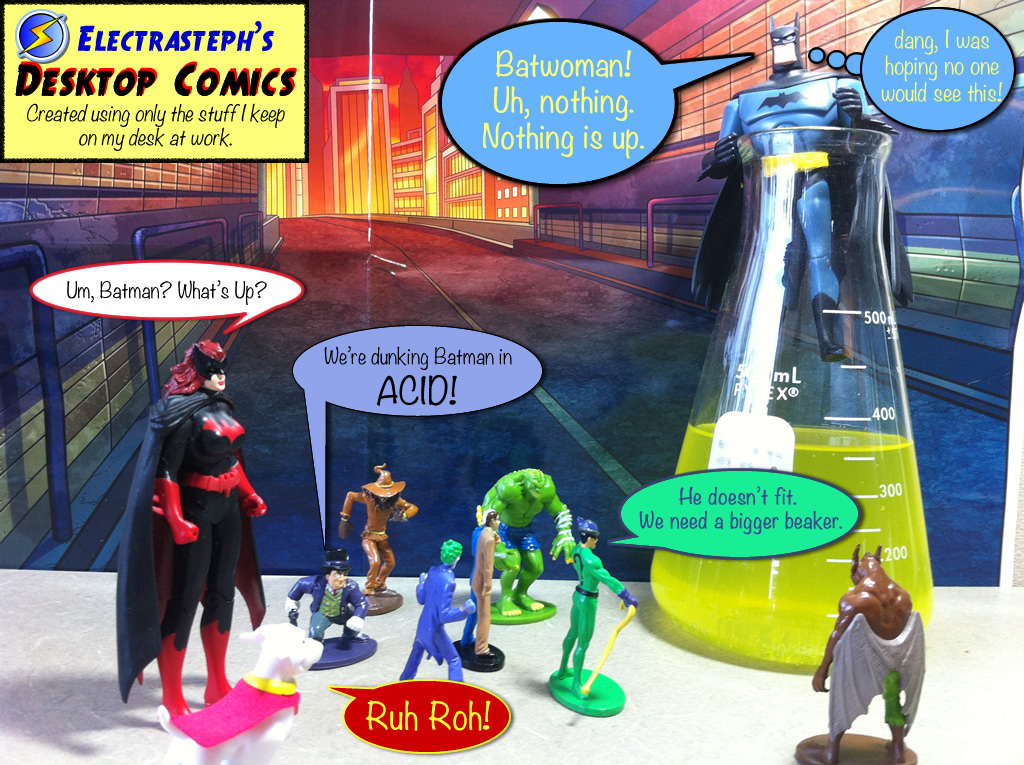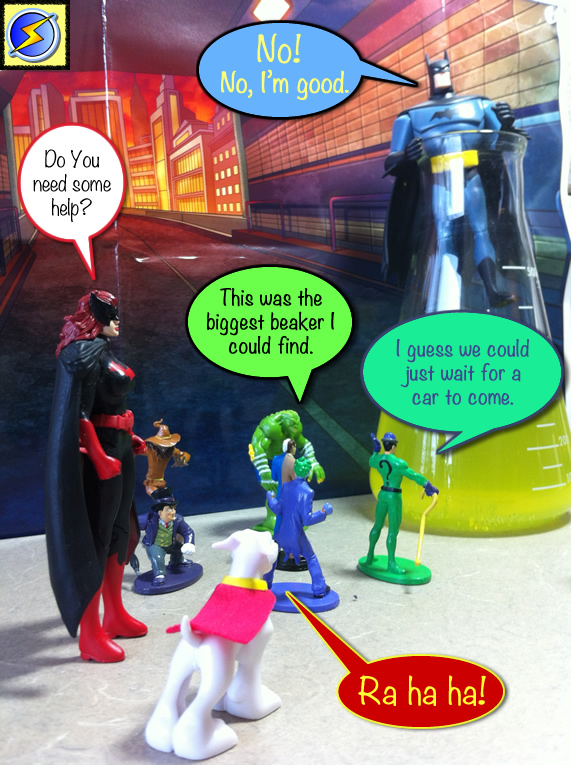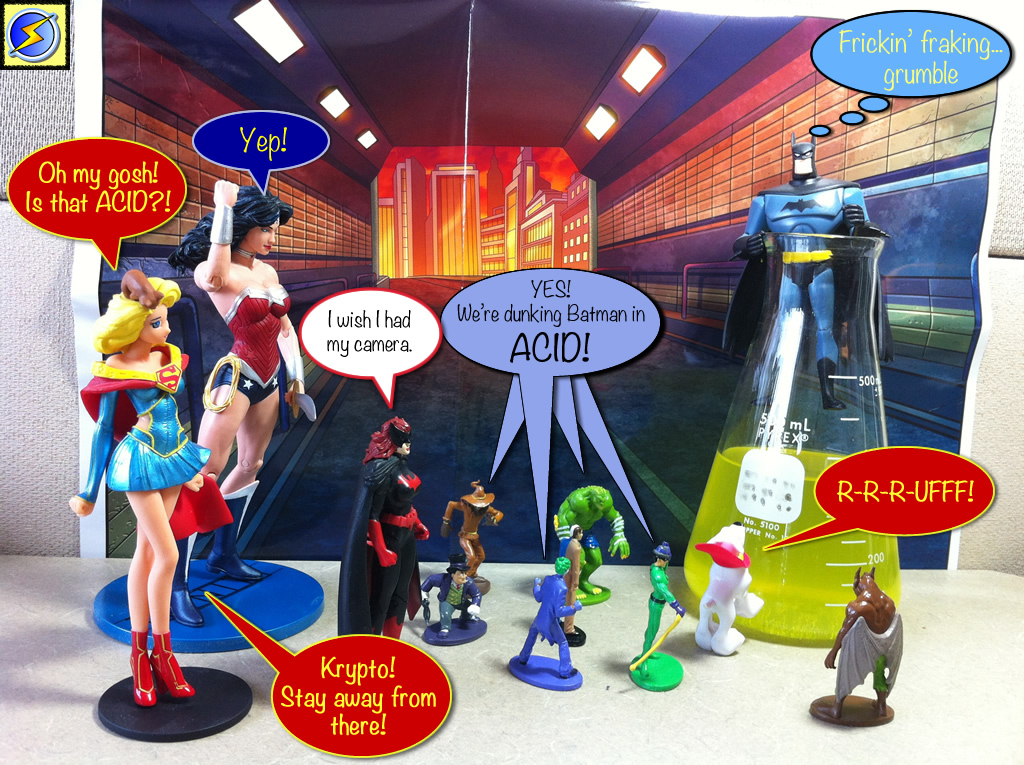Source: Wayback Machine Archive, Charitable Crafters Site
Author: Tina Shaddox
Tina’s Note: I did not write this pattern, it was an old pattern that I acquired and was written not only poorly but also incorrectly. It is a fun and cute hat and worth making. I hope I have improved upon it. — Tina Shaddox
Hawthorn’s Note: I’m saving this pattern to my site because the only place it currently exists is the Wayback Machine, and it’s somewhat hard to read on that page. I’ve also added some notes for other Ravelry knitters who increased the cast on did some paired SSK and K2tog decreases to improve the lines.
See my first attempt at this hat on Ravelry.com
Materials Needed:
- 4 oz of a worsted weight wool-bright red if you want an authentic cap
- 16-inch circular and a set of double points in your needle size.
Getting Gauge:
- 4 stitches to the inch to make a 19.5″ hat (good for a 22 inch head – adult male)
- 4.5 stitches to the inch to make a little over a 17″ hat (good for a 20 inch head – adult female)
- 5 stitches to the inch to make a smaller hat of 15.6″ (good for an 19″ head-older child or teen)
Start your gauge swatch with a size 8 needle. If you don’t know the head size of the recipient, aim for 4.5 stitches to the inch. The average head size is between 20-21″.
Cast on 78 (84, 92) stitches on smaller needle. Join, being careful not to twist. Place a marker at the beginning of your round.
Knit 1 Purl 1 (or k2, p2) for 3 inches.
Switch to larger needle, begin stockinette stitch, knit for 4 inches (excluding ribbing).
For 92 stitches:
1st decrease round: Knit 20, SSK, Knit 3, K2tog, K39, SSK, Knit 3, K2tog, K19
For 78 stitches:
1st decrease round: Knit 16, SSK, Knit 3, K2tog, Knit 32, SSK, Knit 3, K2tog, Knit 16.
Knit 3 rounds
2nd decrease round: K 15, SSK, Knit 3, K2tog, Knit 30, SSK, Knit 3, K2tog, K 15
Knit 3 rounds
3rd decrease round: K 14, SSK, Knit 3, K2tog, K 28, SSK, Knit 3, K2tog, K 14
Knit 3 rounds
4th decrease round: K 13, SSK, Knit 3, K2tog, K 26, SSK, Knit 3, K2tog, K 13
Knit 3 rounds
5th decrease round: K 12, SSK, Knit 3, K2tog, K 24, SSK, Knit 3, K2tog, K 12
Knit 3 rounds
6th decrease round: K 11, SSK, Knit 3, K2tog, K 22, SSK, Knit 3, K2tog, K 11
Knit 3 rounds
7th decrease round: K 10, SSK, Knit 3, K2tog, K 20, SSK, Knit 3, K2tog, K 10
Knit 3 rounds
8th decrease round: K 9, SSK, Knit 3, K2tog, K 18, SSK, Knit 3, K2tog, K 9
Knit 3 rounds
9th decrease round: K 8, SSK, Knit 3, K2tog, K 16, SSK, Knit 3, K2tog, K 8
*NOTE Knit 2 rounds
10th decrease round: K 7, SSK, Knit 3, K2tog, K 14, SSK, Knit 3, K2tog, K 7
Knit 2 rounds
11th decrease round: K 6, SSK, Knit 3, K2tog, K 12, SSK, Knit 3, K2tog, K 6
Knit 2 rounds
12th decrease round: K 5, SSK, Knit 3, K2tog, K 10, SSK, Knit 3, K2tog, K 5
Knit 2 rounds
13th decrease round: K 4, SSK, Knit 3, K2tog, K 8, SSK, Knit 3, K2tog, K 4
Knit 2 rounds
14th decrease round: Knit 3, SSK, Knit 3, K2tog, K 6, SSK, Knit 3, K2tog, Knit 3
Knit 2 rounds
15th decrease round: K 2, SSK, Knit 3, K2tog, K 4, SSK, Knit 3, K2tog, K 2
Cut yarn leaving a 10 inch tail. Thread through remaining stitches and knot off, weaving in end on inside of hat.
Optional Tassel: Wind yarn 15 times around 4 fingers to make a loop. Remove loop from your fingers and tie together with a 10 inch long piece of yarn. Pull loop down so that it is suspended from your 10 inch tie. Take one end of the tie and wrap it several times around the loop, close to the area that is tied. You are going to make the top of the tassel look like a ball, or the head of a yarn doll. Tie off the wrapped end and let the remaining length hand down. Cut the loops that are hanging down so that the ends are even. Trim off any unwanted length. Use the remaining tie to thread through the end of your cap and fasten it off securely on the inside.
Historical Note: These caps were worn by the Voyageurs that made a name for themselves in the woods of Canada and in the Minnesota region for their hardiness and strength as they worked the fur trade. These are also similar to the style worn by the revolutionaries in France as heads rolled in the later 1700’s. It was not uncommon to have such words as “Liberty” or “Fraternity” stitched into the caps near the brim and they also go by the name “Liberty Caps”.







